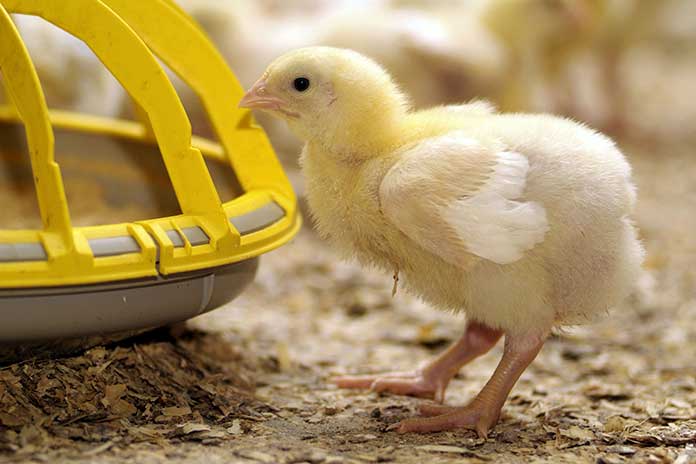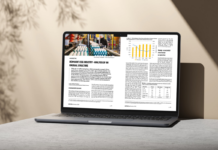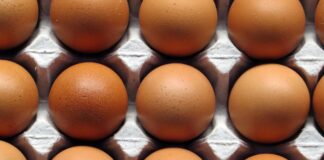
Direct fed microbials are a potential probiotic alternative to antibiotic growth promoters for improving animal production and preventing enteric pathogen infections. We are studying the effects of the novel, spore forming strain probiotic, Bacillus amyloliquefaciens H57 (H57) on productivity and the intestinal microbiota of poultry.
A sorghum and soybean based mash diet with or without H57 spores (~107cfu/g), was fed to day old male, broiler chicks for 21 days. Chick growth and feed consumption was measured weekly and the ileal and caecal contents of 24 birds (2 from each replicate cohort of 15 chicks) were collected on day 21. Culture independent microbial profiling of the digesta samples was undertaken by sequencing V6 to V8 variable regions of the 16S rRNA gene with Illumina sequencing. Data was analysed with QIIME (Caporaso et al., 2010) and vegan (Oksanen et al., 2016) and other general packages in R.
Permutational multivariate analysis of variance of operational taxonomic units from control and H57 treated birds indicated that H57 significantly modified the microbial community structure both in the ileum (P<0.005) and caecum (P<0.005). Microbiota diversity (Shannon index) was significantly reduced (P<0.05) in the ileum by dietary H57 addition (control 4.35 vs H57 group 3.92) while diversity was not affected in the caecum (rarefaction with sequencing depth of 25,000 reads per sample in both sites) with a shift in the relative abundance of multiple bacterial genera in both sites. The most prominent change was an increase in the relative abundance of Bacteroides in the caecum from 0.0002% in control birds to 17.4% in the H57 probiotic treated birds; becoming the most dominant taxon. Quantification of H57 probiotic in digesta samples by real time qPCR indicated that H57 probiotic did not multiply in the intestine.
Together with the change in microbial community structure, H57 probiotic significantly improved (P<0.005) growth rate. The average daily weight gain of H57 probiotic fed chicks was improved by some 6.9% (34.8 g/day/control bird vs 37.2g/day/H57 bird) resulting in a higher (P<0.01) body weight at day 21(845g vs 896g). Similarly, H57 probiotic improved (P<0.05) the feed conversion ratio by about 6% during the study without effect on feed intake.
In conclusion, dietary supplementation of the probiotic Bacillus amyloliquefaciens H57 to chickens modified the intestinal microbiota and improved growth and feed efficiency.
References
Caporaso JG, Kuczynski J, Stombaugh J, Bittinger K, Bushman FD, Costello EK, Fierer N, Pena AG, Goodrich JK & Gordon JI (2010) Nat. Methods 7: 335-336.
Oksanen J, Blanchet FG, Friendly M, Kindt R, Legendre P, McGlinn D, Minchin PR, O’Hara RB, Simpson GL, Solymos P, Stevens MHH, Szoecs E & Wagner H (2016) Vegan: Community Ecology Package (Available online: https://github.com/vegandevs/vegan)
From the Proceedings of the Australian Poultry Science Symposium

















